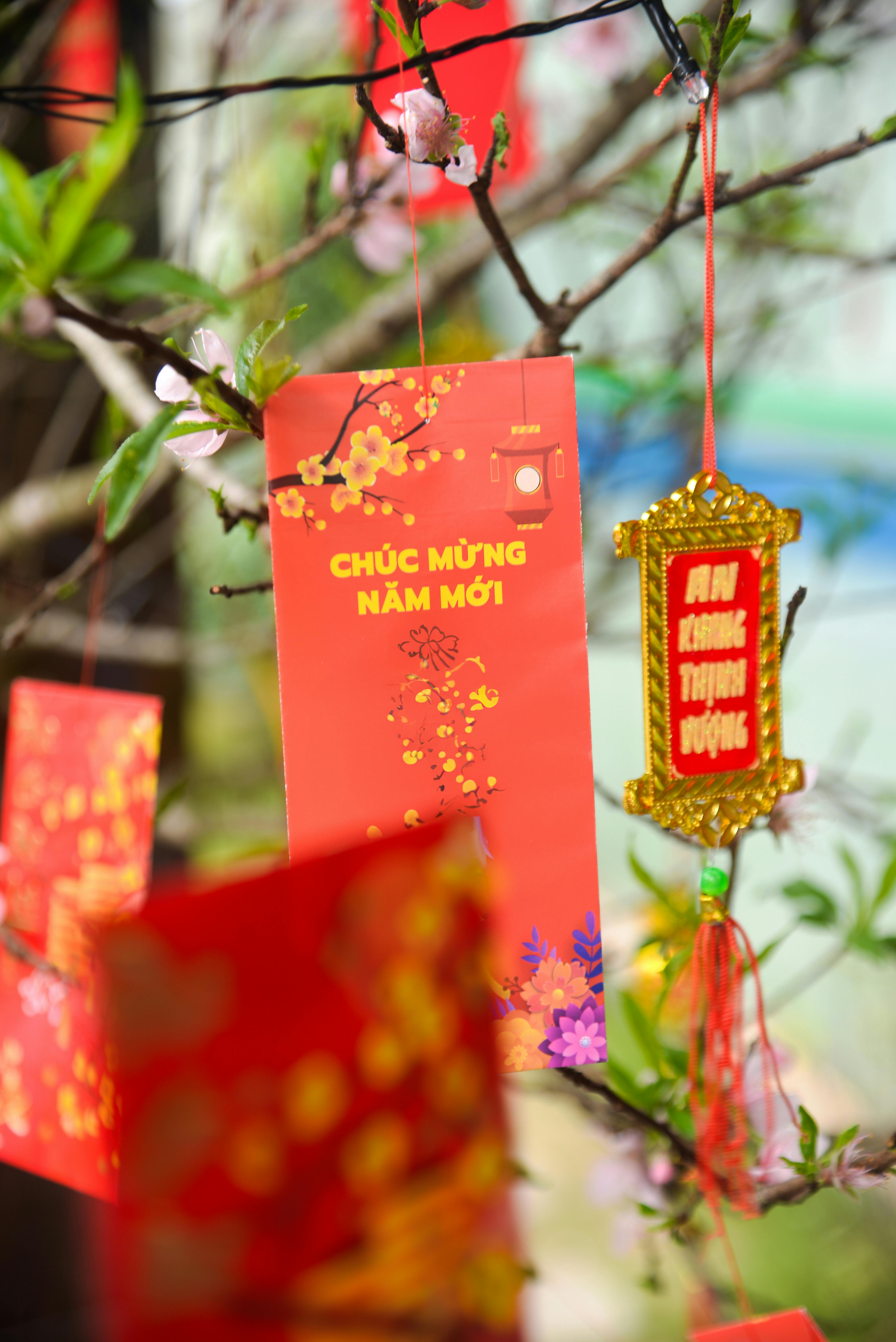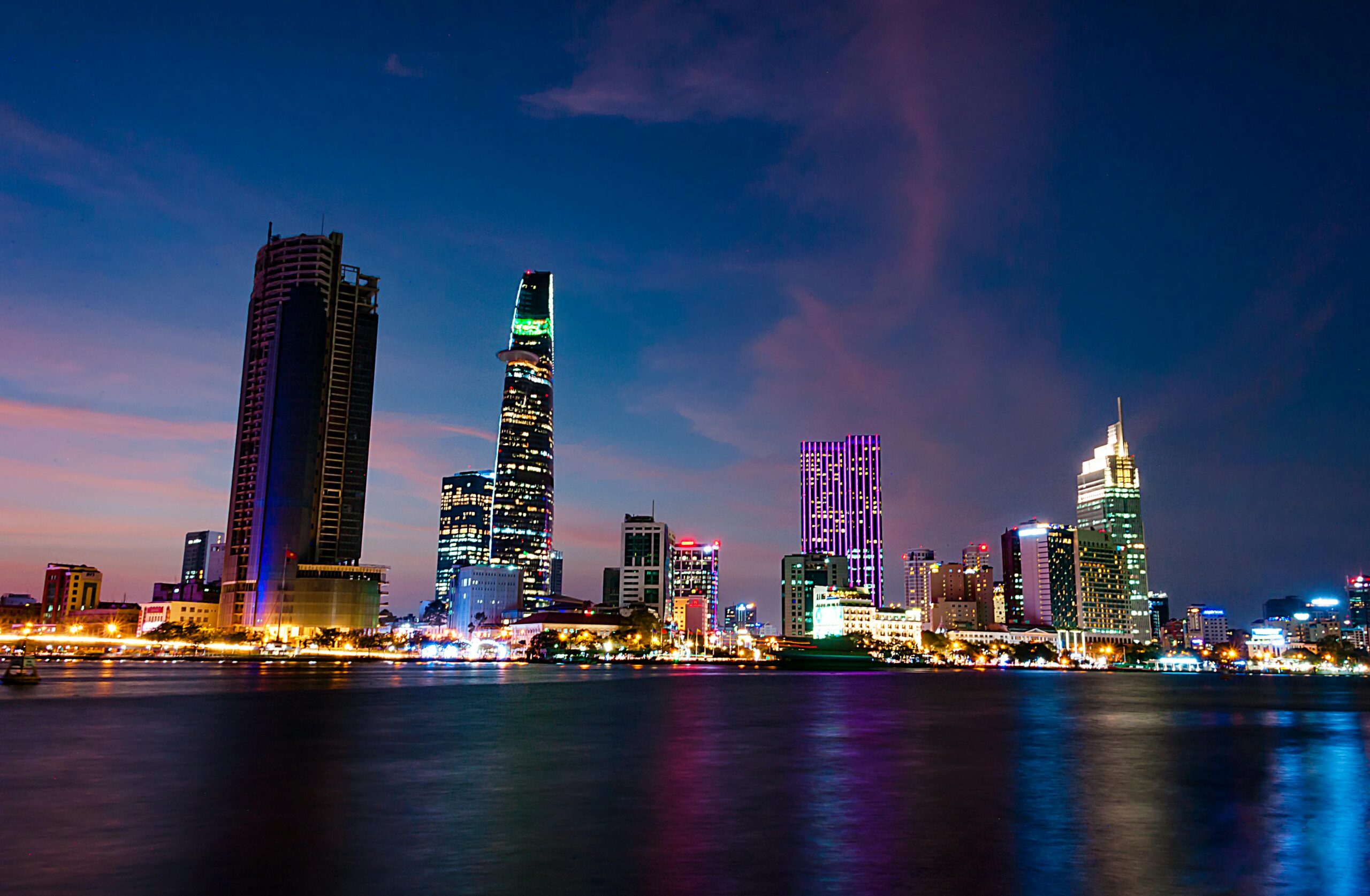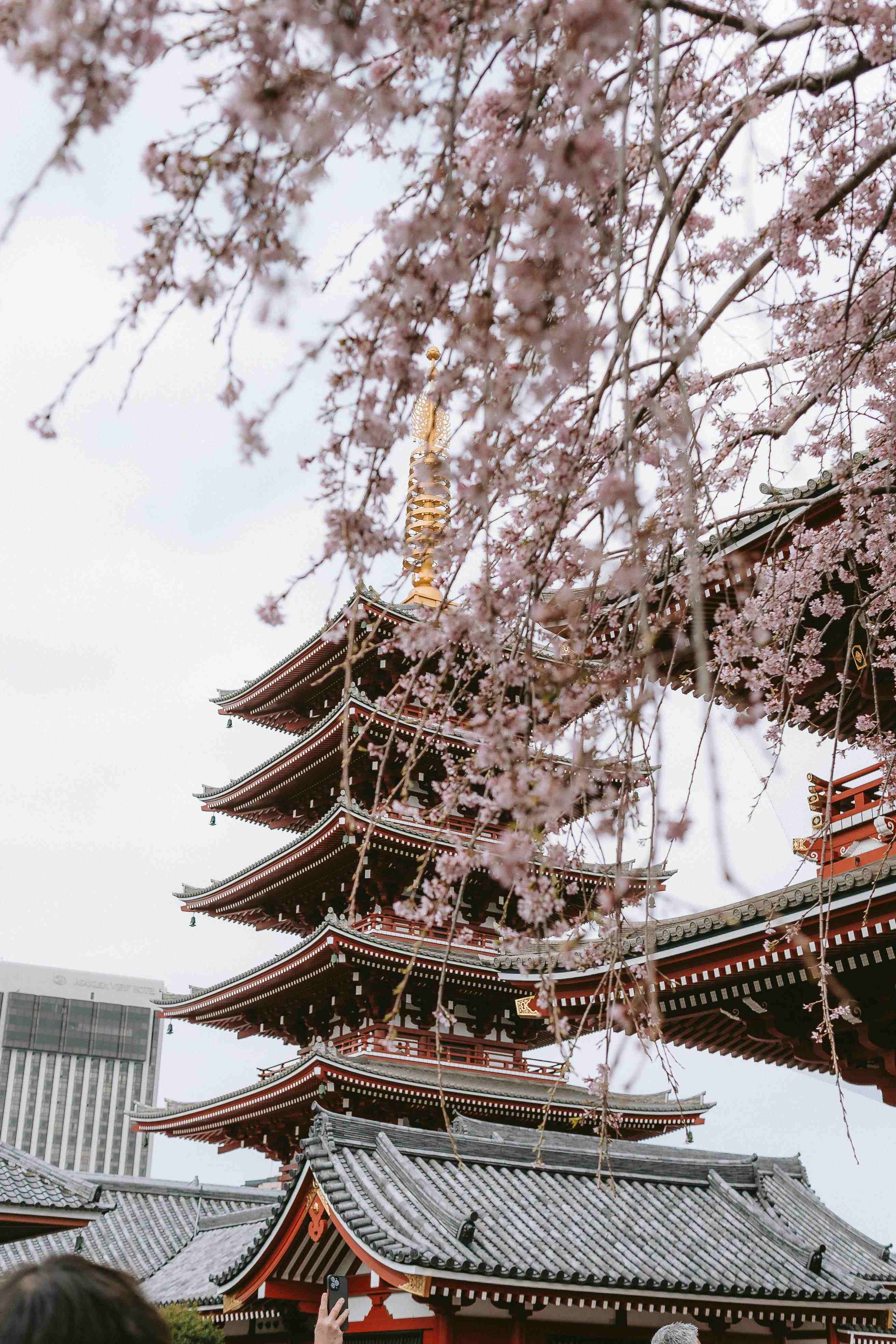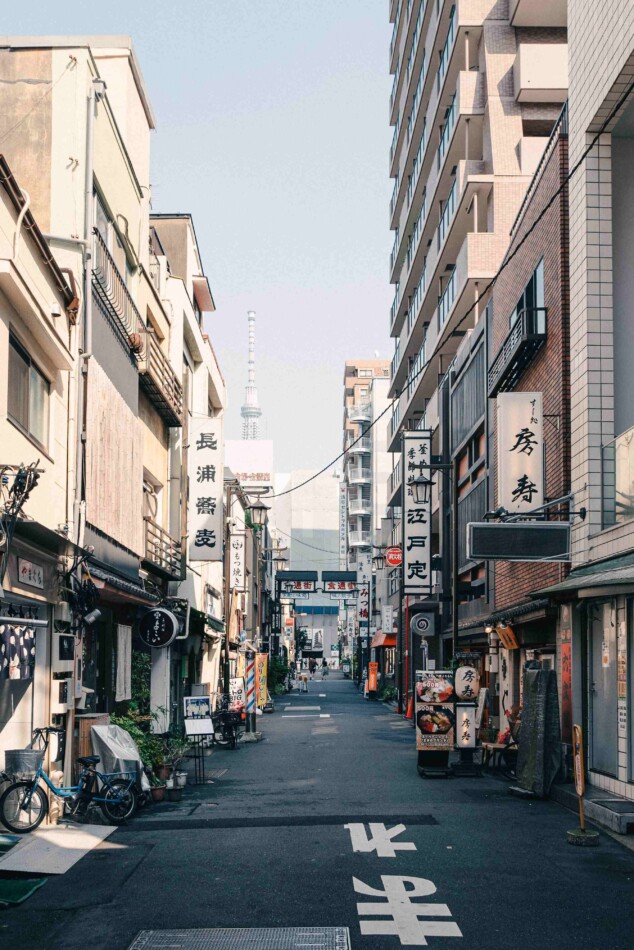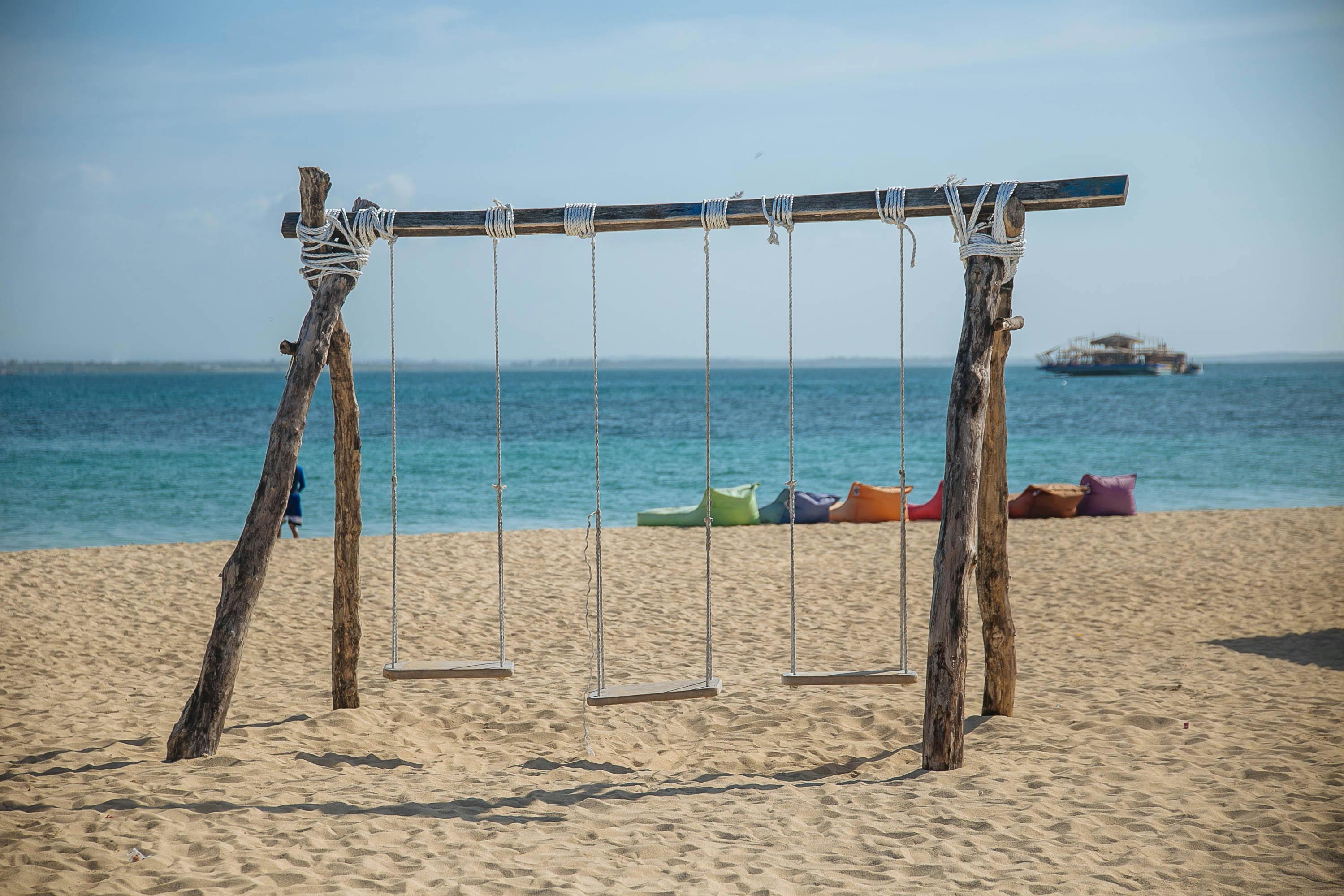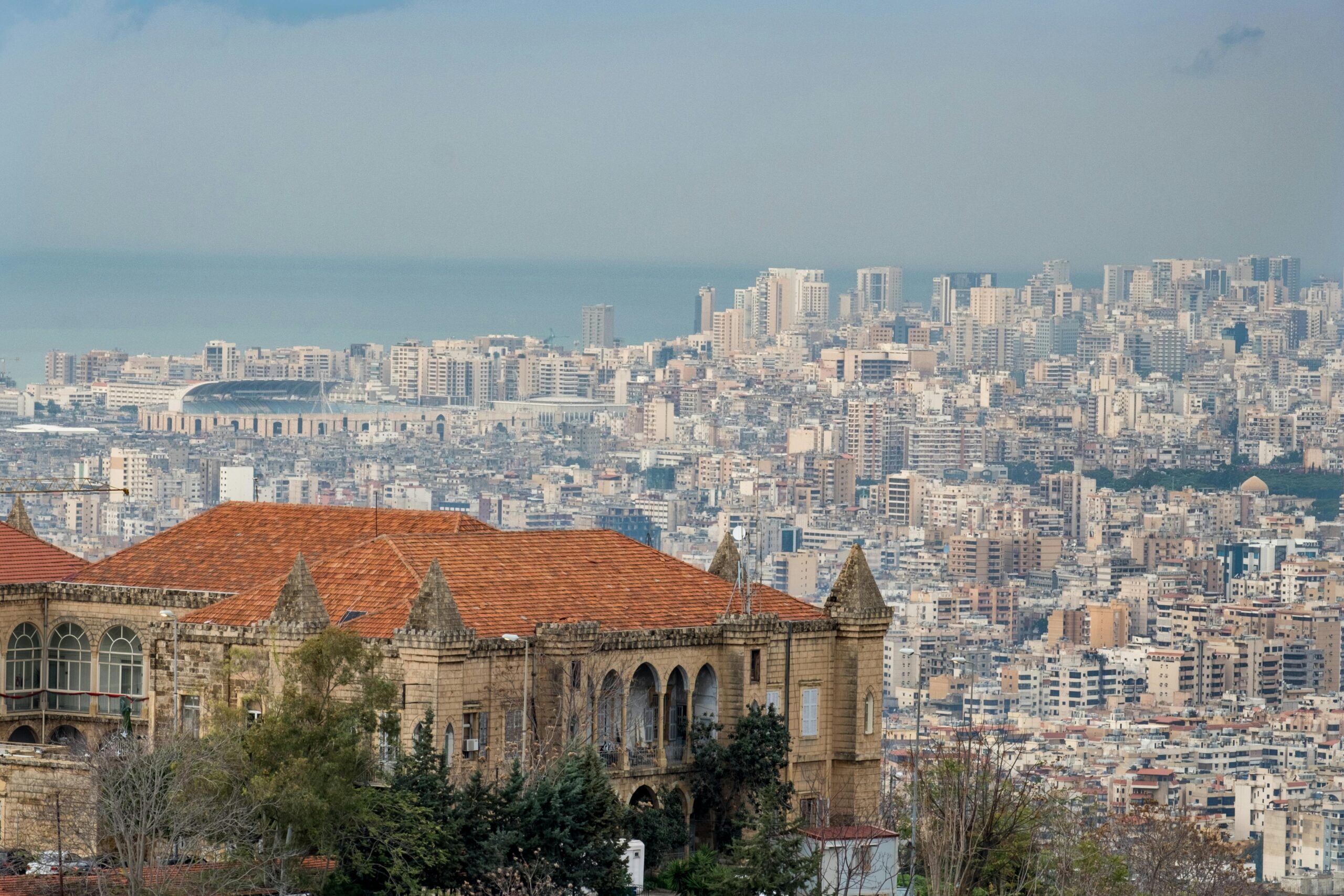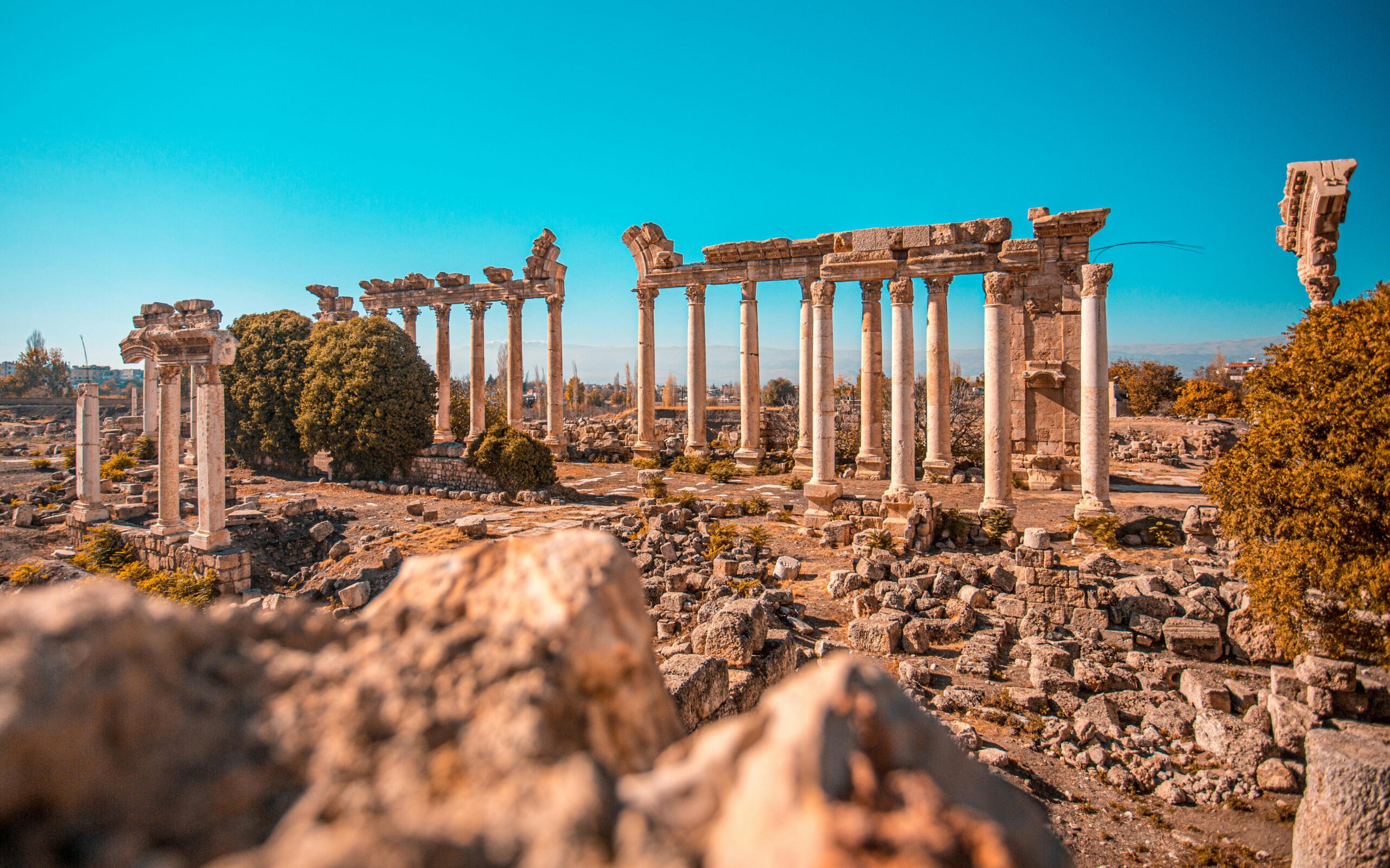Experiencing the Tet Festival: Vietnam’s Lunar New Year Celebration
Tet, or Tet Nguyen Dan, is the most significant celebration in Vietnam, marking the Lunar New Year and the arrival of spring. This vibrant festival is a time for family reunions, honoring ancestors, and celebrating new beginnings. If you’re planning to experience Tet in Vietnam, here’s everything you need to know about this fascinating cultural event.
1. Understanding Tet
What is Tet?
Tet is a multi-day celebration that usually occurs in late January or early February, depending on the lunar calendar. It is a time for Vietnamese people to reflect on the past year, honor their ancestors, and hope for prosperity in the coming year.
Cultural Significance
Tet is deeply rooted in Vietnamese traditions and beliefs. It symbolizes renewal, and families often prepare to welcome good fortune and ward off evil spirits.
2. Preparing for Tet
Decorations
In the weeks leading up to Tet, homes and streets are adorned with vibrant decorations, including:
- Peach Blossoms: Symbolizing growth and renewal, particularly in the north.
- Yellow Apricot Blossoms: A symbol of prosperity, especially popular in the south.
- Lemon Trees: Representing good fortune and happiness.
Food Preparations
Traditional foods play a vital role during Tet. Families prepare special dishes, such as:
- Banh Chung or Banh Tet: Square or cylindrical sticky rice cakes filled with mung beans and pork, symbolizing the Earth.
- Pickled Vegetables: Served as side dishes to complement the rich flavors of Tet meals.
- Sweet Treats: Such as coconut candy and dried fruits to welcome guests.
3. Celebrating Tet
Family Reunions
Tet is primarily a family affair. Many people return to their hometowns to celebrate with loved ones, creating a warm and festive atmosphere.
Rituals and Customs
During Tet, several customs and rituals are observed:
- Ancestral Worship: Families pay respect to their ancestors by offering food and incense at altars.
- First Visitor: The first person to enter a home after midnight on New Year’s Eve is believed to bring either good or bad fortune for the year ahead.
- Giving Red Envelopes: Children and younger family members receive red envelopes containing money, known as “li xi,” symbolizing luck and prosperity.
4. Tet Festivities
Parades and Fireworks
Many cities and towns host lively parades and fireworks displays to mark the beginning of the New Year. Major cities like Hanoi and Ho Chi Minh City feature impressive celebrations, with dragon dances, lion dances, and traditional music.
Tet Markets
In the days leading up to Tet, vibrant markets pop up, filled with flowers, decorations, and festive foods. Visiting these markets offers a glimpse into local traditions and a chance to purchase unique Tet items.
Street Food and Local Delicacies
During Tet, street food vendors offer seasonal treats. Don’t miss out on tasting:
- Gio Lua: Vietnamese pork sausage, often served during Tet celebrations.
- Xoi Gac: Sticky rice dyed with gac fruit, symbolizing luck and prosperity.
5. Experiencing Tet as a Traveler
Where to Celebrate
While Tet is celebrated nationwide, some cities offer more vibrant experiences:
- Hanoi: The capital city features traditional ceremonies, street markets, and festive decorations.
- Ho Chi Minh City: Known for its grand parades and lively atmosphere during the festival.
- Hoi An: This charming town showcases beautiful lantern displays and a unique blend of cultural traditions.
Tips for Travelers
- Book Accommodations Early: Tet is a busy travel time, so secure your lodging well in advance.
- Plan for Closures: Many businesses may close for several days during Tet, so be prepared and check ahead.
- Respect Local Customs: Participate in the festivities respectfully and be mindful of the significance of Tet traditions.
Conclusion
Experiencing Tet in Vietnam is a unique opportunity to immerse yourself in the country’s rich culture and traditions. From family gatherings to colorful festivities, Tet is a time of joy, reflection, and hope for the future. Whether you’re savoring traditional foods, visiting bustling markets, or joining in the celebrations, Tet offers unforgettable memories that will stay with you long after the festival ends.
Read more
